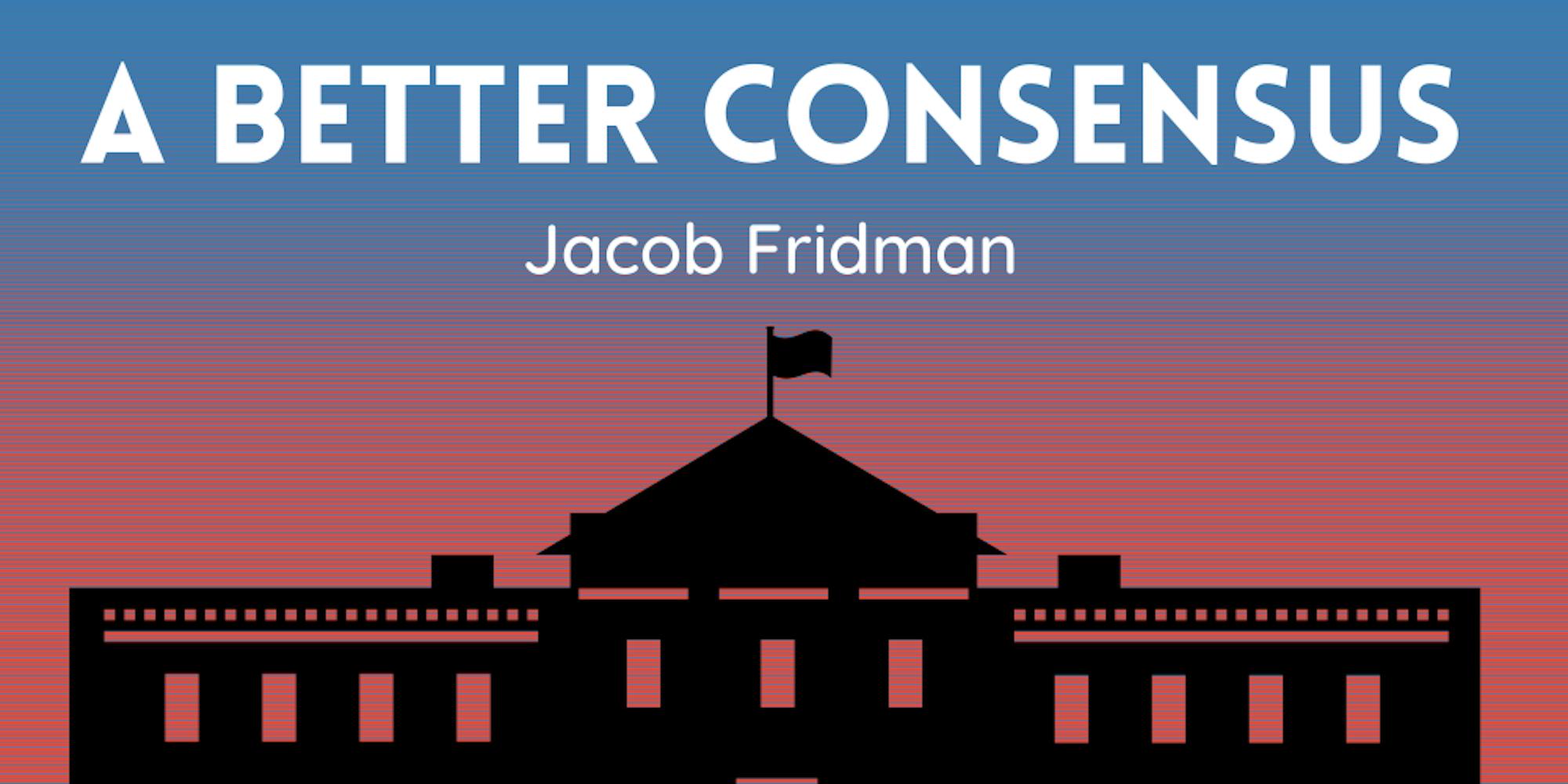What if I told you that there’s a middle-ground solution to the Israeli-Palestinian conflict?
Israel retains the pre-1967 borders (the Green Line), the Palestinian Authority (PA) controls all the West Bank as a full state and the two states build an interstate confederation between themselves, like the European Union’s structure, with the help of the U.S. and the multitude of groups that already foster relationships between Israelis and Palestinians. This new union, possibly the “Abrahamic Union” (AU), as interfaith activist Yakov Nagen put it, could become the facilitator of the countries’ economic, social and political relationship. Israel and the PA would have their individual domestic and foreign policies, but the AU would allow for greater coordination on economic, defense and foreign policy.
The plan is centered on the idea that the free movementof people, goods and capital between the two states will be the most probable path to peace, like postwar Europe. Open borders between the two countries would be a crucial asset, the key to prosperity. Israel and the PA already cooperate on several issues, and much of the conflict stems from Israeli security measures limiting Palestinian economic opportunity, one example being the Israeli-built border wall, which poses a challenge for Palestinians working and trading within the Green Line.
As for the settlements, the U.S. and the AU would ideally work out who gets compensation or their land back, considering the messy nature of the issue. But for the first-step, baseline answer, the Israeli government would stop current settlement construction and offer generous terms to any Israeli willing to come within the Green Line, and it would also offer compensation above current market price and guaranteed income and jobs for displaced Palestinians unable to move back. But in the long term, anyone can live and work in either state, but they must follow the laws of the state they are in, just like Germans living in France and vice versa.
West Jerusalem would have the Israeli capital and East Jerusalem would have the Palestinian capital. The Old City would be in a special Union Zone with the AU headquarters, and it would be open to everyone to pray and live peacefully under joint Israeli-Palestinian control.
Gaza would not be included in this initial stage since it is run by Hamas, a U.S.-recognized terrorist organization, but over time, Gazans will hopefully realize the opportunity of the AU and take action to join.
The AU-centered “Pro-Unity Solution,” as I call it, is the best solution because it doesn’t create an unstable binational state or put forward the two separate states cliche that cannot reconcile the scattered Israeli settlements and Palestinian cities in the West Bank with the Oslo Accords’ power structure. It acknowledges the reality that both peoples are here to stay and are worthy of self-determination in their homeland, but also that they are interconnected, reinforced and strengthened by the mantra of “freedom of movement” and a jointly run confederation. If you’re still not convinced, similar plans have even been endorsed by former Israeli Minister of Justice and director of the Ministry of Foreign Affairs Yossi Beilin.
If the Biden Administration wants to take decisive steps toward solving the conflict, some out-of-the-box thinking might help.






